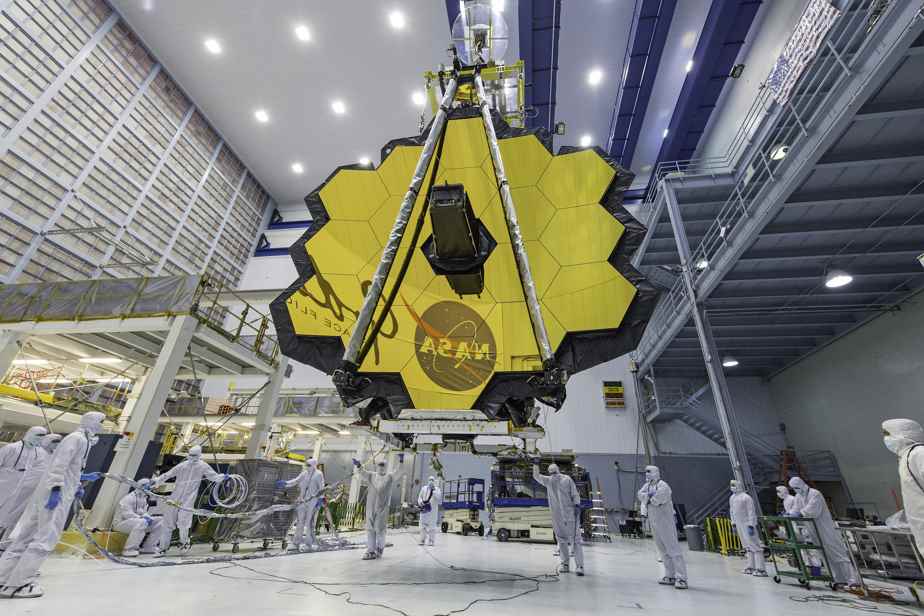Do time machines exist? Yes, we know that now, and it comes at a price: 10 billion US dollars. The telescope James Webbwhich took 30 years to be thought out, designed and built, shows us images of the cosmological past through a visual highway that never ceases to amaze us.
Posted at 12:00 p.m.
For its part, the Lévis-Québec tunnel, planned by our provincial and municipal governments, is a paved highway that will set us back — also for 10 billion dollars, Canadian dollars this time — at a time when the automobile, the oil and the resulting pollution had the upper hand.
The telescope raises the eyebrows of many experts because of the extravagance of this machine when, on Earth, forests burn, billions of people do not know if they will eat the next day and many die in hospital corridors.
The Quebec tunnel, meanwhile, will capture major financial resources in our province as scenarios of climate change, economic uncertainty and a failing health system haunt our coming months, especially for the less fortunate whose numbers are increasing. . Not to mention the pandemic, which invites itself once again, ever more intrusive and damaging.
Who will pay for all these pharaonic construction sites? Because the pharaohs are well known for implementing crazy ideas to the detriment of their slaves, most of whom died at work.
Americans have seen and will see significant amounts of their taxes soar into space, at Lagrange 2 point.
Quebecers and Lévisiens will bear the astronomical bill for the tunnel during the next century, their children continuing to pay when they will no longer be able to afford a vehicle. Especially if the federal government does not participate in this public transport project.
We are heading here towards a resumption of the saga of the Olympic Stadium in Montreal, which is still disturbing the wallets of citizens after 50 years of ups and downs.
And the future Quebec tramway? Let’s face it, it makes a little more sense when we discuss public transport, forcing the abandonment of personal vehicles and introducing new travel habits among city dwellers. A bit like the International Space Station (ISS), which provides scientific answers thanks to the various research carried out there. In both cases, we are talking about billions of dollars, but the benefits are much more concrete.
And this tramway, at the start of the project, was it not supposed to go to Lévis? What piece have we lost on the way so that the section of the South Shore falls into the water and we are now trying to dig under the river?
Either way, whether in space or on Earth, the choices politicians make on our behalf remain hazy and uncertain, the results of promises and happy tomorrows.
When the sites have started, it is often too late to back down from impacts that we had never imagined.
When the project is still in the form of printed or digital plans, the prospective payers (us) must question, seek clarification, hound decision-makers and promise-makers, because later it will not be possible to go back up the space- time, to modify our future and that of our descendants.

